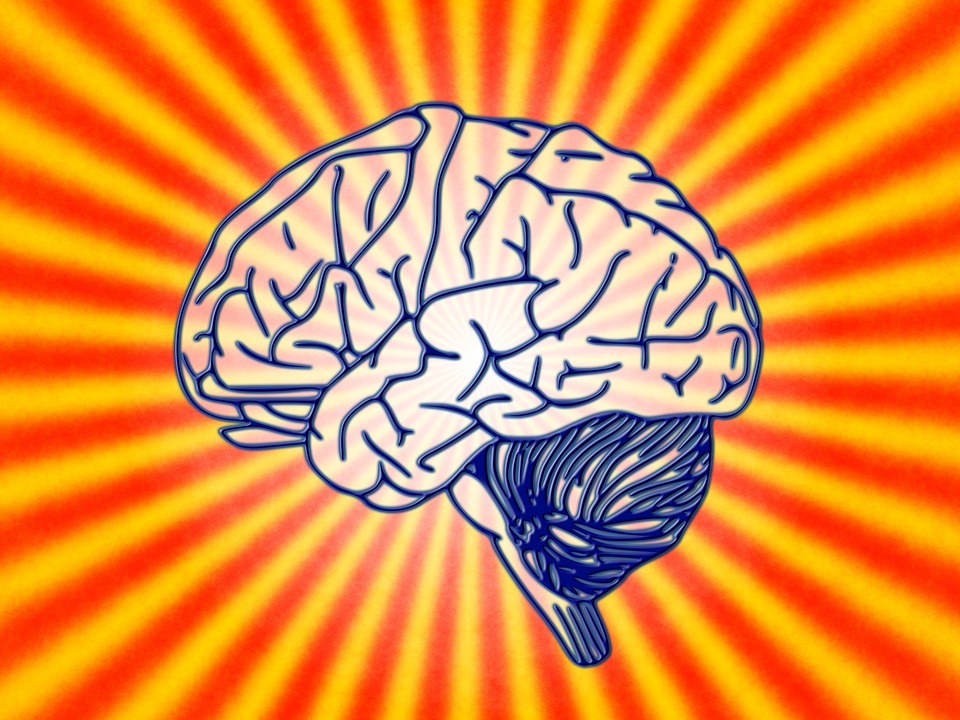
Dyslexia is a language disorder. It involves difficulty learning to read words. Dyslexia is not a disease; it’s something you are born with and it often runs in families. Dyslexia is neurologically based, meaning the brain and nervous system, which coordinates actions and transmits signals to and from different parts of the body, is impaired to some degree. A new study by scientists from the Massachusetts Institute of Technology (MIT) suggests that a distinct neural signature found in dyslexics may explain why these individuals have difficulty learning to read.
MIT study finds link between neural adaptation and dyslexics
Neural adaptation is the process by which the brain acclimates to repeated input. Neurons respond strongly to a particular sensory input initially, and then less so as they adapt to familiar stimulus. Scientists used magnetic resonance imaging (MRI) to scan the brains of young adults with and without dyslexia as they performed a variety of tasks. Researchers found that neural adaptation was diminished in the subjects with dyslexia. They also found that this lack of adaptation was apparent even when performing tasks that did not involve reading.
Key Takeaways:
http://psychcentral.com/news/2016/12/25/new-research-finds-distinctive-brain-pattern-in-dyslexia/114272.html
“Is your child having difficulty with reading or other academics?” “Wondering if it’s dyslexia?” Use our free dyslexia test to get answers. Simply answer a few easy questions and find out now
You can get this analysis for free by filling out this simple form. This will help you get to the bottom of a learning difficulty and provide you with a solution. If you are ready to put this problem behind you click the button below and fill out the form.










